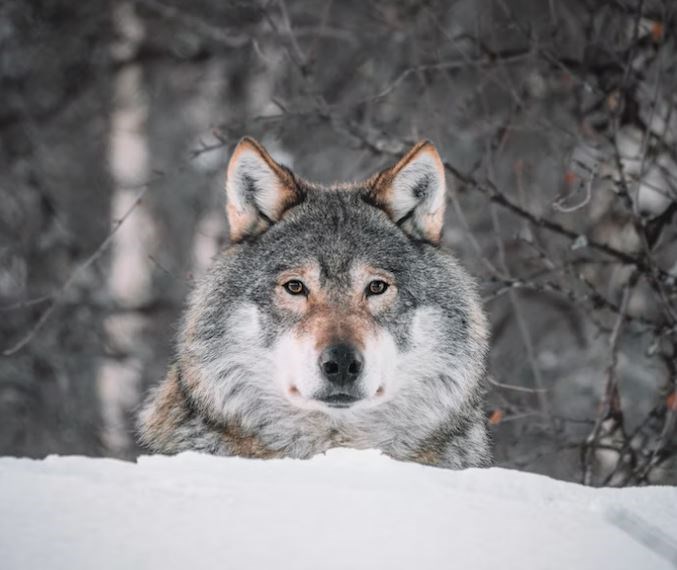THUNDER BAY — A wolf that was collared in Michigan last year travelled thousands of kilometres through four states and two provinces before being shot to death this month in Manitoba.
Its itinerary took the animal as far north as Wabakimi Provincial Park north of Armstrong, as far south as 70 kilometres north of Eau Claire, Wisc., and as far west as Grand Forks, N.D.
The Minnesota-based Voyageurs Wolf Project reported on the animal's demise this week even though it was not part of their own study, but was being tracked by biologists in Michigan.
VWP said the wolf had made "a truly incredible journey," as evidenced by a map provided by the Michigan Department of Natural Resources which followed its path through a GPS unit attached to its collar.
It said the travels of the adult male, which took it through the territories of multiple wolf packs, show how much wolves in the midwest states, Ontario and Manitoba are connected.
"Although we tend to think of wolf populations based on geopolitical boundaries (e.g. the wolf population in a given state or province)...there isn't much to indicate that these boundaries actually denote the boundaries between wolf populations. Instead, probably the best way to think of wolf populations in the western Great Lakes area is to think of them as one large connected population with dispersing wolves moving between provinces and states all the time."
The Michigan wolf was legally killed by a hunter operating out of an outfitter's camp in Manitoba's Whiteshell area.
The outfitter's Facebook page has photos of the hunter posing with the dead animal.
Cody Norton, a large carnivore specialist with the Michigan Department of Natural Resources, said this wolf is believed to have travelled the farthest of any wolf that's ever been collared by the state.
"If you kind of trace the route that he took, it's around 2,400 miles...pretty significant movement, for sure," Norton said in an interview Tuesday.
"It's pretty amazing to see how far and through how many different states and provinces this wolf travelled over a year and a half, and that it survived as long as it did while crossing highways, in and out of jurisdictions that have public harvest or predation programs for any problem wolves. It shows their ability to disperse" to suitable habitat, Norton said, noting this is not possible for many other animal species.
He added that researchers are trying to understand what wolves are doing, their travel patterns, what their sources of mortality are, and how they establish new territories.
"We're just looking to learn rather than being too concerned with what the outcome is."
Thomas Gable, the project lead for Voyageurs Wolf Project, offered a similar perspective, saying the death of collared wolves from human-related causes is to be expected in areas where the animals encounter people, whether it be from legal hunting, poaching, vehicle collisions or for predation reasons.
"You cannot study wolves without encountering death frequently," Gable wrote in an email to TBnewswatch. "Wolves do not live long lives generally speaking. Thus, many wolves die for natural and human-caused reasons, and the death of collared wolves is part and parcel of studying and learning about them."
In 2020, a wolf collared by Voyageurs Wolf Project was found dead in a snare northwest of Thunder Bay after wandering as far north as Black Sturgeon Lake and Lake Nipigon.



